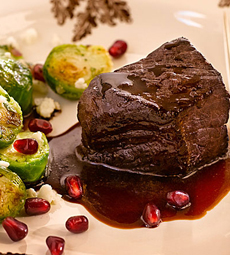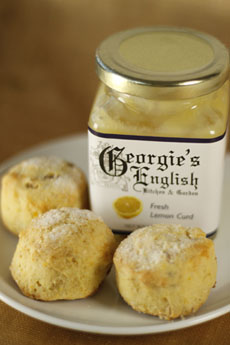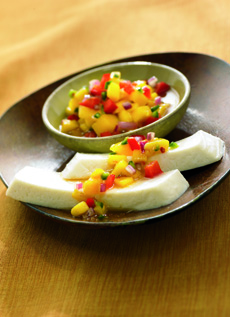|
Here’s a variation of the popular Mexican layered salad that’s begging to be served for Cinco de Mayo. The difference: crumbled cornbread baked with chiles, mascarpone, and ranch dressing instead of sour cream, and no guacamole. Thus: a chili cornbread salad.
This Chili Corn Bread Salad recipe was adapted from another recipe by Emily Carncross of Lodi, Wisconsin. She used Crave Brothers mascarpone (one of the world’s best—more about Crave cheeses) and Wisconsin Cheddar.*
Emily comments, “I was looking for something different to bring to a potluck and came across this salad. I did not have any sour cream, so I substituted mascarpone cheese and really liked the taste it added to the dressing.”
________________
*Why is Cheddar capitalized? It’s due to editorial style. Some publications capitalize the names of foods named after places. Cheddar is a place, as are Asiago, Brie, Camembert, Gorgonzola, Parmesan (Parma), Roquefort and many others. Other cheese names, such as blue cheese, chevre/goat cheese, cream cheese, and mozzarella, are descriptive rather than place names. THE NIBBLE thus does not capitalize them.
________________
RECIPE: MEXICAN LAYERED SALAD
Ingredients
1 package (8-1/2 ounces) corn bread/muffin mix
1 can (4 ounces) chopped green chilies, undrained
1/8 teaspoon ground cumin
1/8 teaspoon dried oregano
Pinch of sage
1 cup (8 ounces) mascarpone
1 cup mayonnaise
1 envelope ranch salad dressing mix
2 cans (15 ounces each) black beans, rinsed and drained
2 cans (15-1/4 ounces, each) whole kernel corn, drained
3 medium tomatoes, chopped
1 cup chopped green pepper
1 cup chopped green onions
10 bacon strips, cooked and crumbled
2 cups shredded Cheddar cheese
Preparation
1. BAKE. Prepare cornbread batter according to package directions. Stir in the chilies, cumin, oregano, and sage. Spread in a greased 8-inch-square baking pan.
2. BAKE at 400°F for 20-25 minutes or until a toothpick inserted near the center comes out clean. Cool.
3. MIX. In a small bowl, combine mayonnaise, mascarpone, and dressing mix; set aside.
4. LAYER. Crumble half of the cornbread into a 13x9x2-inch pan. Layer with half of the beans, mayonnaise mixture, corn, tomatoes, green peppers, onion, bacon, and cheese. Repeat for a second layer (the dish will be very full).
5. CHILL. Cover and refrigerate for 2 hours or longer. Yield: 12 servings.
WANT A BASKET CASSEROLE DISH?
These are currently available on Amazon. The selection changes (or disappears entirely), so if these links aren’t still active, you’ll have to look around:
Libby’s Square Casserole Baking Dish With Basket
Pyrex Rectangular Baking Dish With Basket
|
|
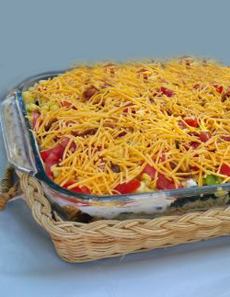
[1] A Mexican-style layered salad with a surprise: corn bread (photo © Crave Cheese).
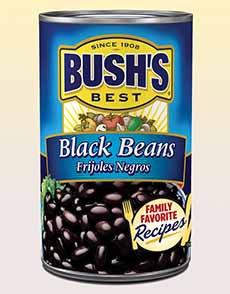
[2] Bake cornbread from a mix, then layer the salad with convenience items like canned black beans…(photo © Bush’s Beans)

[2] …canned corn…(photo © Libby’s Vegetables)…

[2] …fresh vegetables, and bacon! (photo © iGourmet)
|
